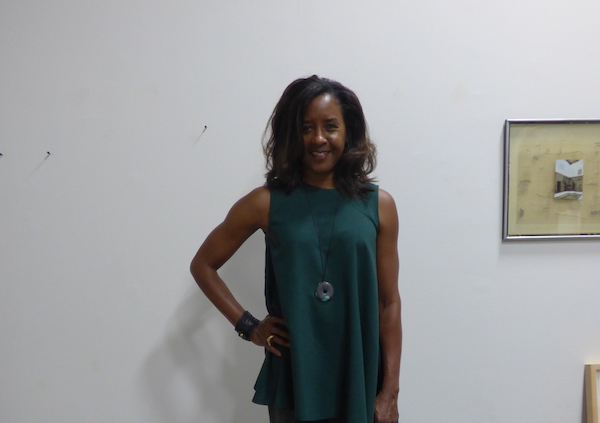Felicia Filer is the Public Art Division Director at the City of Los Angeles Department of Cultural Affairs. DCA is committed to the creation and maintenance of art in the Public Works Improvements Arts Program, the Private Arts Development Fee Program, the Citywide Mural Program, and the City’s Art Collection.
Could you please talk about how you came to be involved in contemporary art in LA?
After getting my MBA at Claremont, I knew that I did not want to go back into the financial services industry. I didn’t want to be involved in a consumer-based industry. I wanted to do something more meaningful and I saw an article in the LA Times about the Norton Family Foundation and how they were beginning to collect art by African-American artists. I wrote to them to get involved which didn’t work out but I ended up getting involved with Arts Inc, where I felt like I could meld my interest in business and in the arts, but what really catalyzed my involvement was an auction that I went to at LACE where I saw this extremely wide gamut of different types of artwork by all these different types of people. That was the real start for me.
You are involved in a myriad of activities ranging in territory and types of projects. Are there any things that you are particularly excited about at this moment?
I suppose if I had to pick one to plug I might talk about Current:LA Food. This upcoming triennial opens on October 5th. It is a temporary public art project and deals with the issue of food, so artists are being asked to use that theme as a prompt. Because of the ephemeral nature of the project and the thematic base, I’m particularly excited about this event. The way the artists involved take on the topic is becoming much more performative than object-oriented. It opens the doors for considering arts in public spaces with very different types of materials and in ways that are not just about being objects or more stable types of constructions that end up somehow responding to the place or the architecture. It also establishes a different type of precedent for that which is considered art in the public sphere.
Are there any other topics that you’d be interested in talking about with regard to Los Angeles?
There are things happening in neighborhoods and places all around LA… I want to be careful not to say that there’s some great big central pivot around which everything moves. So just because the art world doesn’t follow it the same way it does these large institutions doesn’t mean that these places and these events don’t exist. The other thing that I also think about is the sad reality that Los Angeles is still racially segregated and how that plays out in the work that is being exhibited. Different groups have to set up exhibition spaces just for their work and that is a drag. It creates a kind of self-reiterating isolation.


